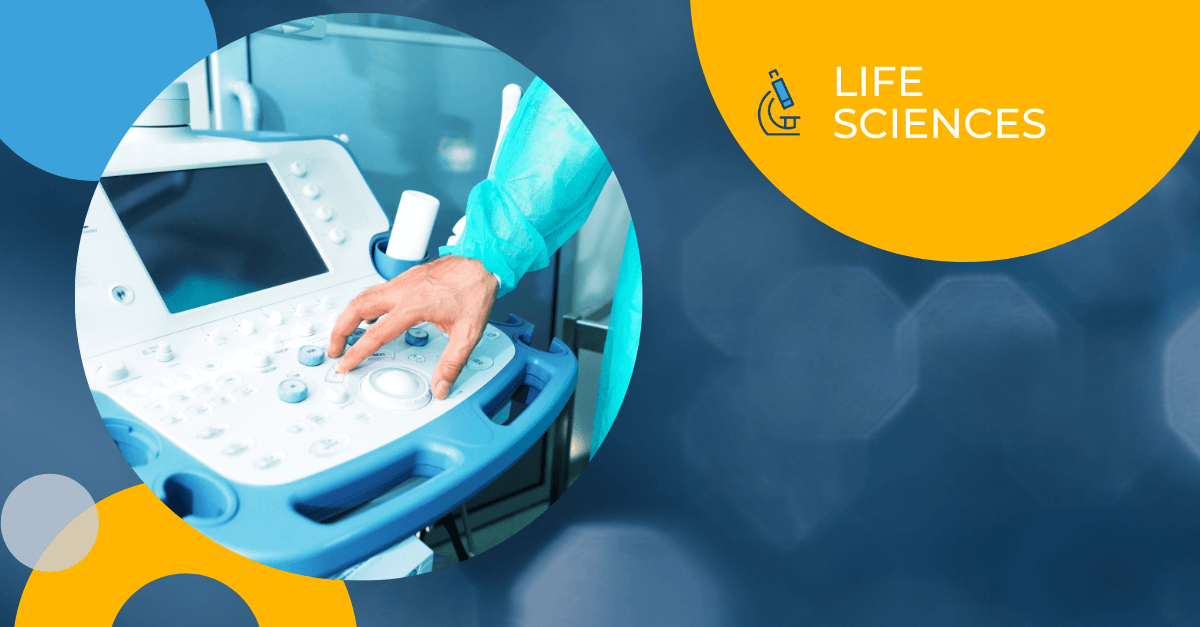It isn’t a secret that the medical device industry is heavily regulated, often requiring the translation of necessary documentation like IFUs, labels, and technical documents. Given the nature of the content, medical device labeling translations shouldn’t be done by just anyone. There is zero tolerance for errors since you could be handling content dealing with life-or-death situations. Medical device labeling translations, reviews, and editing require specialization and experience in the subject matter and the specific medical segment to produce the high-quality work required.
Translating labeling and instructions is either an absolute requirement to sell your product in a specific region or a critical step in minimizing risk and liability. Most countries have translation mandates for literature and labeling requiring documentation in the end-users national language(s). Labeling is a multi-stage process requiring translation, revision, and quality checks from an independent resource. Working with a language services provider (LSP) is the only way to ensure that you meet all the necessary regulatory requirements, translate into all the appropriate languages, and provide high-quality, consistent translations.
These labels and instructions must be translated into dozens of languages and can present a significant medical translation expense for life sciences companies. To ensure you’re getting the most out of your translation process, here are four nuances you must consider as a medical device manufacturer when getting started on labeling and choosing your LSP.
1. Medical Terminology Management
With medical content full of specific terminology, it is critical to establish terms for the translators and reviewers to use. Using the correct language is an essential part of producing high-quality translations. If you don’t already have a comprehensive glossary or termbase specific to your industry and product(s), you should find an LSP that can help you develop one.
Your glossary and termbase can be established before your translations begin or during. Your LSP will create or ensure that your multilingual glossary comprises essential product, industry, and general terms that are frequently found throughout your source materials. These terms are extracted by a professional terminologist and then translated by a linguist. In-country reviewers will review and approve the terminology to be added to the termbase (TB), the termbase gets added to each translation project along with translation memory (TM) to leverage from previous translations. When a translator works on a project, they will see and use the agreed terms throughout the translation and review process.
TM is an essential part of the quality management system provided by your LSP. A translation memory is a repository of original content and the translated versions. Terminology management and glossary tools help maintain consistency across translations while simultaneously lowering costs and time to market. These tools drive process efficiency and bring numerous benefits to clients and the company.
2. In-Country Reviewers
An essential part of the translation process for labeling is having in-country reviewers (ICRs) review all translated content as a part of the quality process. ICRs are typically employees or distributors who are already familiar with your products and speak the target language or reside within the target country and understand the business’s needs. This level of familiarity is invaluable to the process of delivering high-quality localized content. Since there are differing opinions about language accuracy, we recommend establishing ground rules for reviews, such as a style guide. To encourage every ICR to treat the review of content the same.
This step often poses many complications as the employee completing the in-country review is doing a favor for the labeling department, and reviewing materials is not a part of their job description. This makes availability a strain and requires the labeling department to chase reviews down. If your company does have the availability of ICRs, it is helpful for the labeling department to provide advance notice leaving plenty of time to review if, after two reminders, move to the next ICR not to delay project time. Suppose you have moved to two separate ICRs and have yet to receive a formal review. In that case, there is an option available depending on the source content type and the languages being translated into, allowing you to waive the ICR.
We recommend finding an LSP that provides an ICR review by a third-party linguist. This way, your LSP can act as a backup if your ICRs are unresponsive or if you don’t have any ICRs on hand. Your LSP should also offer ICR management. This allows the LSP to approach employees for their review, monitor approvals and deadlines for each language, and ensure the ICRs follow the instructions. Once all ICR comments return to the LSP, the linguist will review suggestions and comments and approve or reject the changes. A linguist will only reject feedback if it directly contradicts the termbase or glossary that was preapproved or if the input does not consider the source language creating inconsistencies that deviate from the source resulting in a change of content or context.
3. ISO Certifications
Make sure to use a vendor that is certified to ISO standards. Since high-quality translations are imperative to the successful release of your medical device, and the gravity of the subject matter, your LSP must have thorough and repeatable processes. When considering an LSP, at a minimum, they should meet ISO 9001:2015. This is an internationally recognized standard that outlines general methods and procedures for maintaining a quality management system (QMS). It applies to any business in any industry. To take things a step further, find an LSP specializing in medical translations and have obtained the ISO 13485:2016 certification. This standard defines the requirements of a QMS for companies in the medical device industry. It outlines obligations for manufacturers and service providers to monitor and control both internal processes and outsourced processes that affect product quality. This is where translation and localization companies come in – if a medical device manufacturer outsources its translation process, the manufacturer must be accountable to its supplier. Thus, many large medical companies will also require their translation company to have achieved ISO 13485:2016 certification. Finally, your LSP should be certified to ISO 17100:2015. This standard is intended specifically for translation service providers. It outlines specific processes, resource requirements and other stringent guidelines for delivering high-quality translation services and is another essential certification.
Voluntarily obtaining all three ISO certifications above, especially ISO 13485:2016, shows that a company is deeply committed to serving the medical device market. To gain certification to ISO, a company must meet the strict requirements of the standard, go through a rigorous auditing process and become re-certified on a routine basis. It’s a laborious process that requires significant resources and regular maintenance.
4. Rely on In-Country Translators
Your selected vendor should rely on expert, professional translators to prepare sensitive documentation such as labeling. The vetting process your LSP uses should be transparent and require the translator to be a native speaker of the target language. This is because a native speaker understands the languages idioms, terminology, and culture vital in preparing accurate and localized content. They should also have a strong grasp of the source language – this helps ensure that translations are accurate and convey your message in the proper style and tone.
When selecting an LSP, you should look for a life science background and expertise with your product type. For technical medical documents, it’s not enough for translators to have a basic understanding of medical translations — the more specific their subject matter expertise, the better. General familiarity with the medical field is a fundamental requirement. Still, translators with a more profound knowledge of a particular therapeutic area or product application can accurately produce the target language results.
Conclusion
The international medical industry is highly regulated, so be sure to work with a language services provider specializing in medical translations. The patient hazard associated with labeling medical devices demands a strong emphasis on translation accuracy and quality. Manufacturers needing translations for labeling should turn to an LSP that provides terminology management to help maintain consistency across translations. We recommend turning to a reputable language service provider that places importance on maintaining certifications or compliance with one or more of the listed ISO standards, displaying commitment to the medical device industry. An LSP specializing in medical translations will know what’s required in each country and help you navigate the requirements, and employ rigorously vetted translators and third-party reviewers as it pertains to your project needs.
About Us
At Morningside, we’ve been providing high-quality medical translation services for over 20 years, and we have obtained all three of the critical ISO certifications described above. Our quality assurance process includes many layers of controls, including editing and proofing with built-in redundancies. To learn more about our high-quality translations, contact us today.



